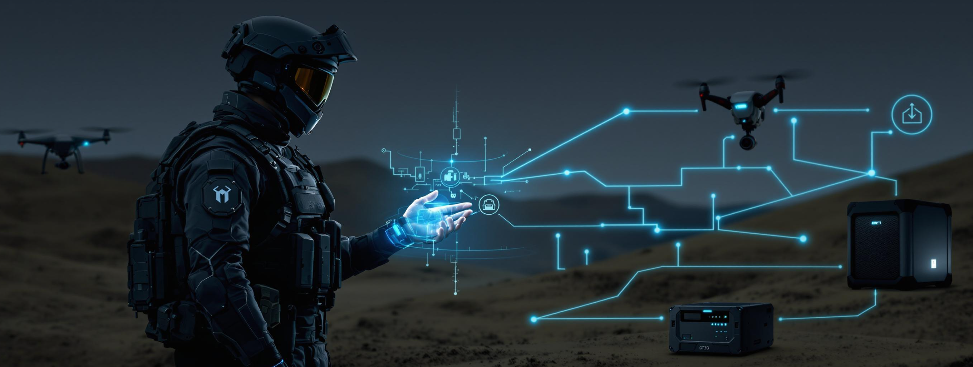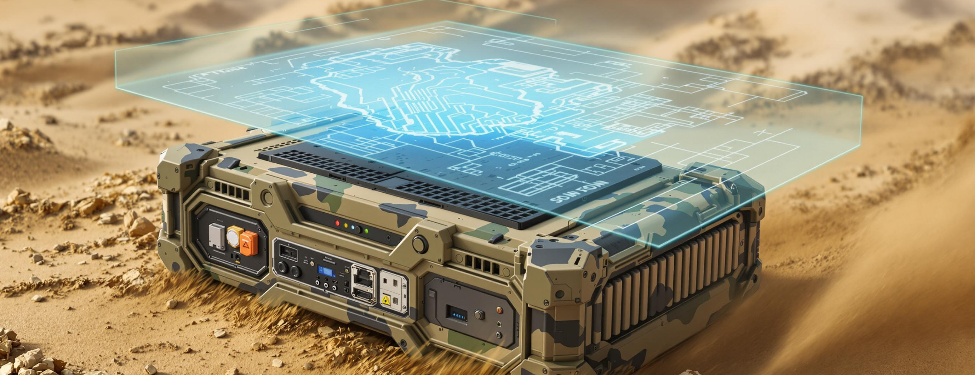


Think Tank Highlights #GlobalDefenseDynamics #USMilitaryUpdates #RussianMilitaryUpdates #TaiwanNews #AvailableInStore
#SouthKorea #Raytheon #Japan #ElectronicWarfare #NortheastAsiaMilitaryDynamics #Drones
The following content is sourced from ZHUANZHI Intelligent Defense, author ZHUANZHI Defense, reprinted from Outside the Pavilion

In today’s rapidly evolving battlefield environment, the ability to make quick informed decisions at the tactical edge often becomes the key to mission success or failure. The traditional model of relying on centralized command and control centers for data processing is increasingly inadequate in the face of modern threats and the massive data generated by advanced sensor systems. Edge computing, by deploying computing power and analytical capabilities directly to the front lines, provides combat personnel with real-time battlefield intelligence, reshaping the nature of warfare. This article will explore the transformative potential of edge computing in defense applications, focusing on its profound impact on situational awareness, autonomous systems, and future warfare models.
Limitations of Centralized Processing
Traditional military operations rely on a hierarchical command structure, where battlefield data must be relayed back to a central node for processing. This model presents multiple challenges:
- Latency Issues: The time taken for data transmission can delay critical opportunities. For instance, when a drone (UAV) detects a target instantaneously, the return of central decision-making may result in the closing of the strike window.
- Bandwidth Bottlenecks: The data deluge generated by modern sensors (ISR platforms, soldier-worn devices, etc.) can easily overwhelm limited bandwidth, particularly in contested or harsh environments.
- Vulnerability Risks: Centralized processing centers create a single point of failure risk. If communication links are disrupted or the center is attacked, the entire operational network can become paralyzed.
- Denial Threats: Adversarial electronic warfare (EW) capabilities are increasingly sophisticated, effectively isolating forward units by disrupting communication links, resulting in a loss of battlefield awareness.
Edge Computing: Empowering the Tactical Edge
Edge computing revolutionizes the paradigm by deploying computing power at the source of data (the tactical edge). Sensors, vehicles, and even individual soldier equipment can autonomously process information, freeing themselves from absolute reliance on remote data centers.

Core advantages of defense edge computing:
- Enhanced Situational Awareness: Real-time processing of sensor data generates immediate battlefield awareness. For example, AI algorithms on soldier devices can analyze video streams in real-time to identify threats, while UAVs can autonomously detect and track targets without continuous communication with command nodes. This capability significantly compresses the OODA (Observe-Orient-Decide-Act) loop cycle, enhancing dynamic threat response effectiveness.
- Support for Autonomous Systems: The deployment of truly autonomous systems relies on edge computing. Unmanned platforms such as drones and ground robots utilize onboard computing power to navigate complex environments, make autonomous decisions, and respond to emergent situations without continuous human intervention or stable communication links.
- Minimized Latency: Local data processing compresses the time for intelligence transformation to the extreme, which is crucial for time-sensitive tasks such as target locking, threat identification, and evasive maneuvers.
- Bandwidth Optimization: By filtering data and managing priorities, communication loads are alleviated, transmitting only critical information to higher-level nodes while preserving core communication bandwidth resources.
- Resilience and Redundancy: A distributed computing architecture enhances the resilience of the operational system. When a single node fails or communication is interrupted, other nodes can still operate independently to ensure mission continuity. This decentralized architecture significantly reduces the risk of single points of failure, providing a strategic advantage in contested environments or against advanced electronic warfare threats.

Future Warfare: Networked Intelligent Edge
Edge computing is not just a technological upgrade; it represents a fundamental transformation in combat modes. It will create a networked battlefield ecosystem, achieving intelligent interconnectivity among sensors, platforms, and combat personnel:
• Edge AI-Driven Insights: Machine learning algorithms deployed on edge devices provide real-time threat prediction and decision support, enhancing human battlefield cognition. • Collaborative Swarm Robotics: Autonomous system swarms rely on distributed intelligence to achieve coordinated operations against complex targets. • Adaptive Communication Networks: Dynamically optimize data transmission paths to ensure stable communication in contested environments. • Evolution of C4ISR Systems: Command, control, communications, computers, intelligence, surveillance, and reconnaissance systems achieve capability leaps through efficient information processing and distribution.

Conclusion
Edge computing is reshaping national defense combat modes by bringing intelligence to the frontlines, providing combat personnel with unprecedented situational awareness, autonomous decision-making, and response speed. As technology matures and becomes widely adopted, it will undoubtedly shape the future of warfare, creating a more agile, resilient, and lethal operational system. Transitioning to the intelligent edge is not just a technological option but a strategic necessity to maintain decisive advantages in the complex and dynamic battlefields of the 21st century.
Reprint Statement
This article is sourced from publicly available information or has been authorized for reprint through original public accounts. Copyright belongs to the original author. The content of the article does not represent the views of this platform or its authenticity. The purpose of reprinting is to convey information and for online sharing. If there are copyright issues, please contact us promptly, and we will delete it as soon as possible.



